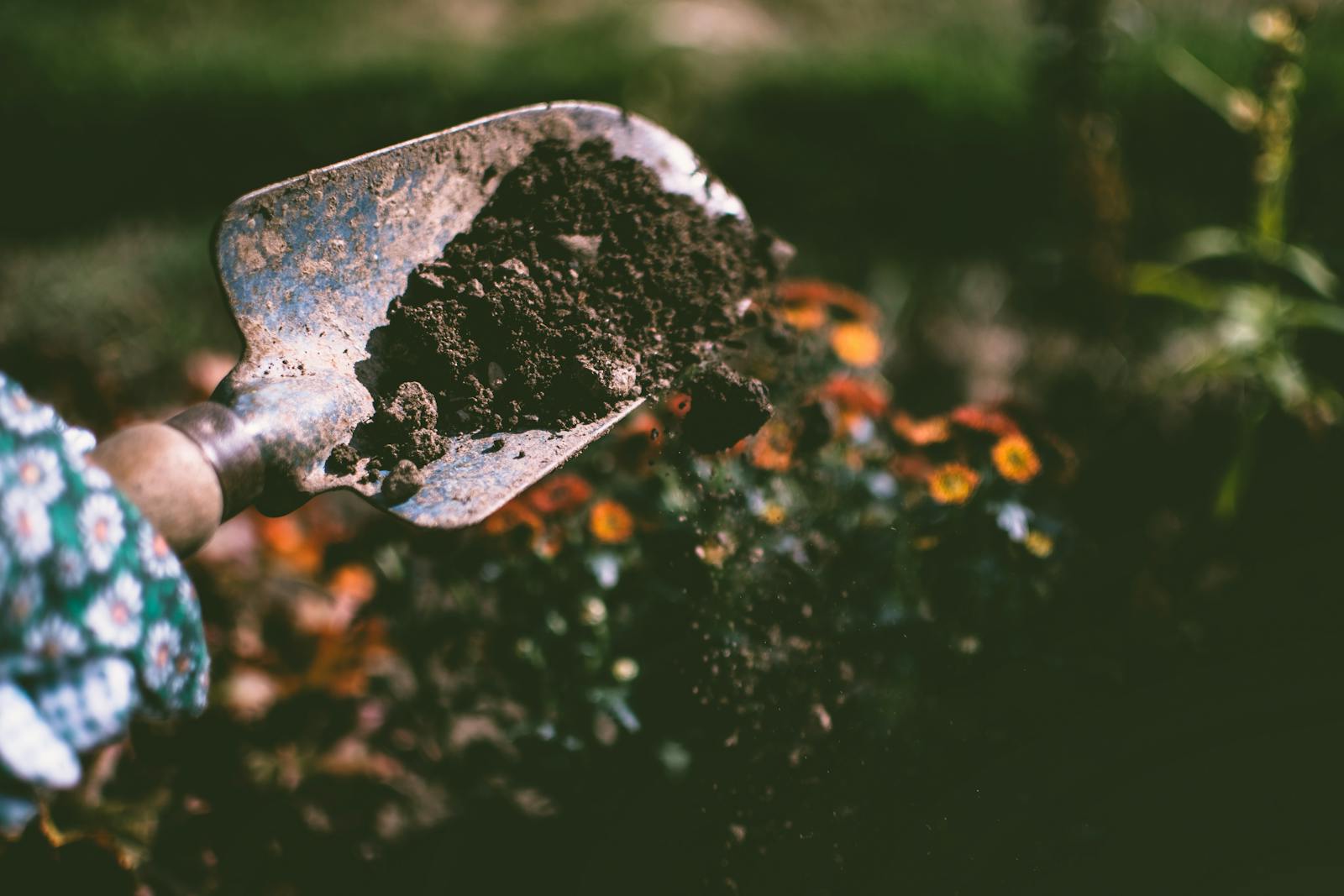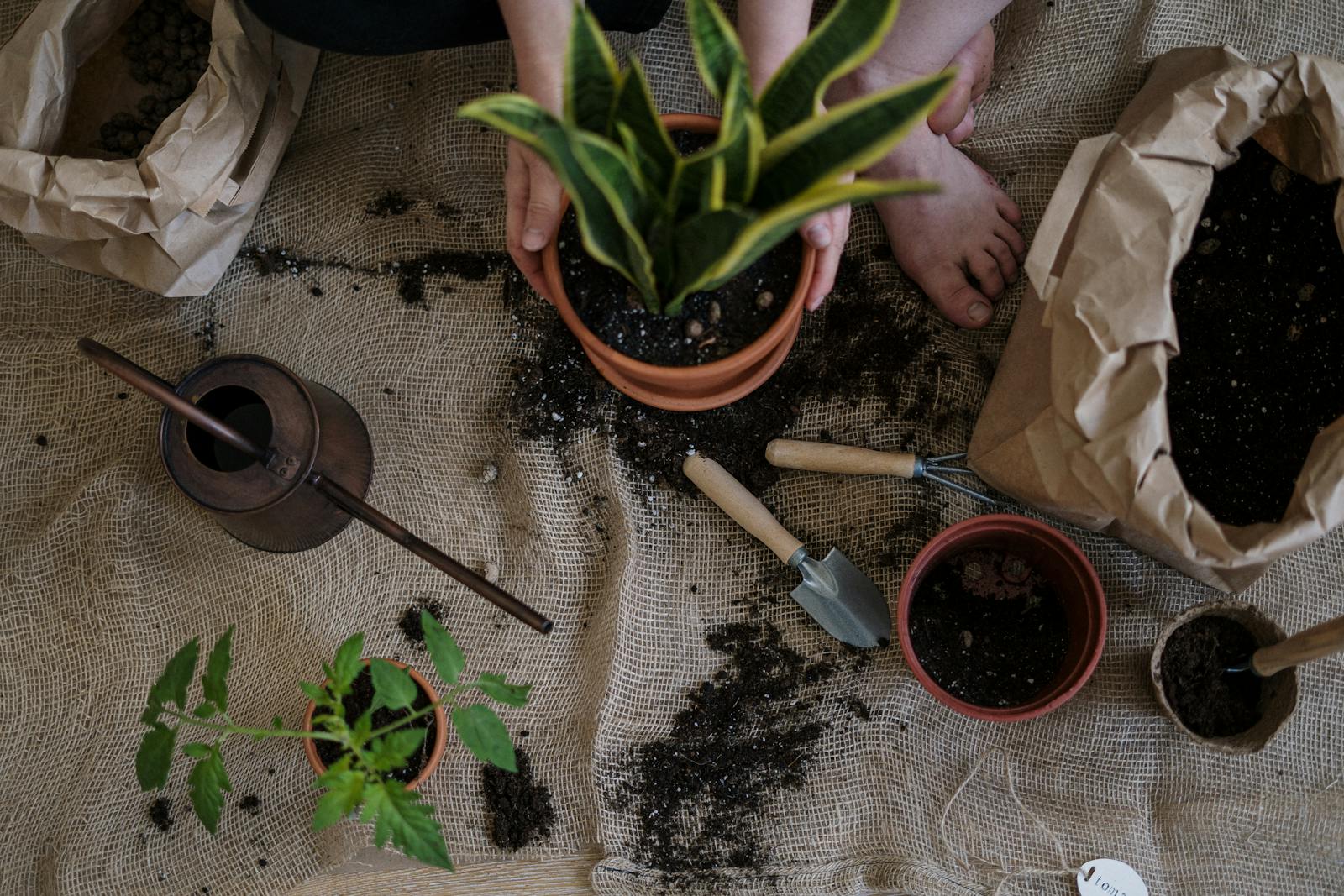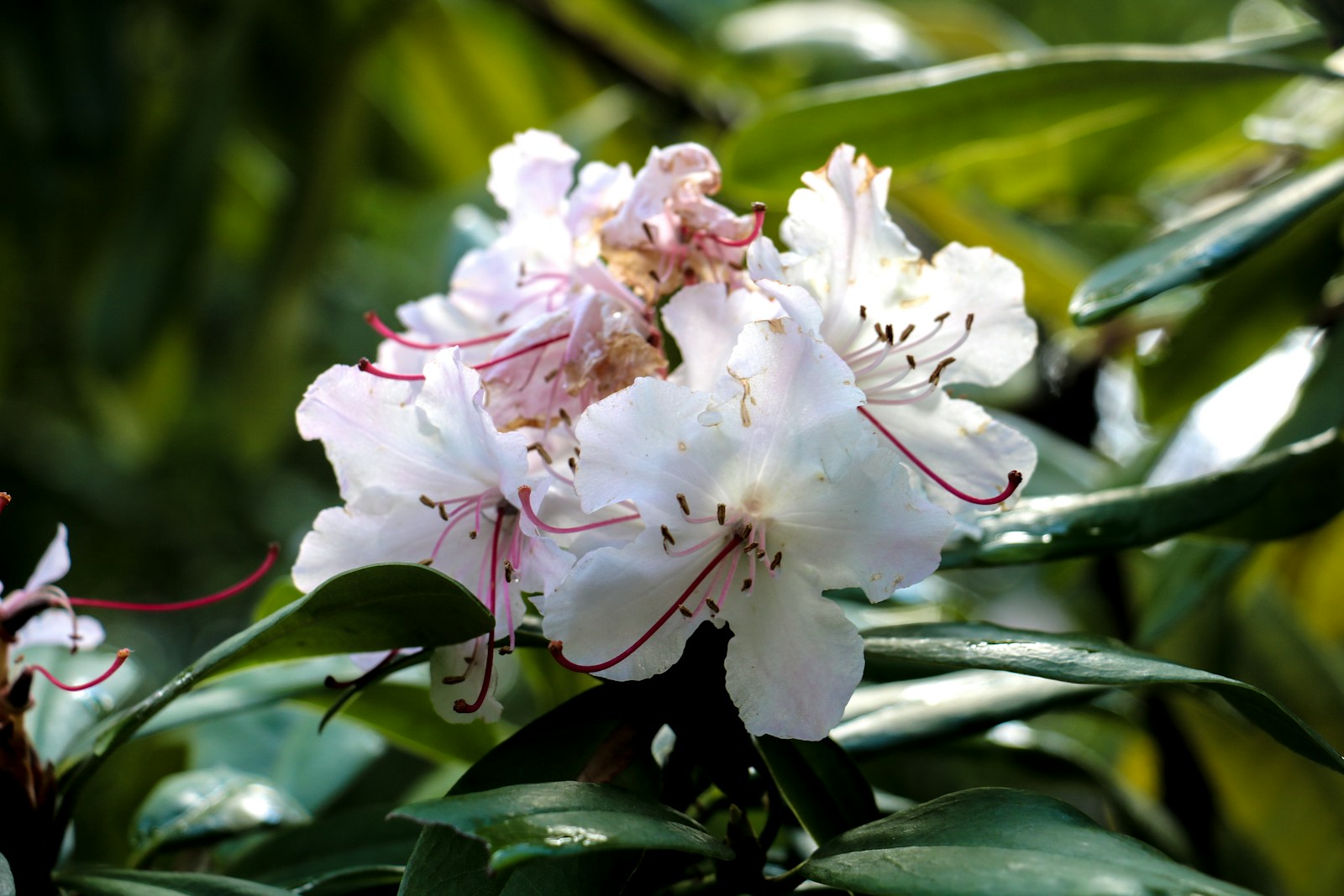How to Start a Garden from Scratch
Choose the Right Location
The first step to start a garden from scratch is selecting the best possible location. Most vegetables, herbs, and flowers need at least six hours of sunlight per day. Choose a spot with good exposure to natural light, away from large trees that could cast shadows or compete for nutrients.
Consider proximity to a water source and how the garden fits within your yard’s layout. You’ll also want to think about accessibility—make sure it’s easy to reach with tools, hoses, and your feet. A well-placed garden is the foundation of long-term success and ease of care.
Plan What You Want to Grow
Once you’ve chosen a location, decide what plants you want to grow. Think about your climate, space, and how much time you can dedicate to maintenance. If you’re a beginner, start with easy-to-grow vegetables like lettuce, tomatoes, and carrots, or resilient flowers like marigolds and sunflowers.
Sketch out a simple layout or use a garden planner app. Group plants with similar water and light needs together. This planning phase ensures your garden will be both functional and beautiful, making it easier to manage and more likely to thrive from the start.
Test and Prepare the Soil
Soil is the backbone of any garden. To successfully start a garden from scratch, you must understand and improve your soil. Begin with a soil test, which you can get from garden centers or agricultural extensions. This reveals the pH and nutrient content, helping you decide what amendments are needed.
Clear the area of weeds and debris, then till or dig the soil to loosen it. Mix in organic compost, aged manure, or soil conditioners to enrich the earth and improve texture. Healthy soil promotes strong roots, better growth, and greater yield or bloom.
Design Beds and Walkways
Thoughtful garden layout makes it more enjoyable and manageable. Raised beds, rows, or blocks each have their advantages. Raised beds are great for improving drainage and accessibility, while in-ground beds work well for larger plots. Whichever you choose, leave space for walkways to avoid compacting soil.
Use natural borders like stone or wood, and place paths where they give you the easiest access to your plants. This stage is about making the space both practical and attractive—a design that suits your lifestyle encourages you to keep growing all season long.
Gather the Right Tools
Having the right tools makes gardening much easier. To start a garden from scratch, basic essentials include a spade, trowel, garden fork, hoe, watering can or hose, gloves, and pruners. Invest in good-quality tools that are comfortable and durable—they’ll pay off in ease of use and longevity.
Store your tools in a dry area like a shed or a designated tote. Label them if needed, and clean them regularly to prevent rust or disease transfer between plants. Well-maintained tools help you stay organized and efficient as your garden begins to grow.
Choose High-Quality Seeds or Starts
Now that your beds are ready, it’s time to choose what you’ll plant. You can start a garden from scratch using seeds or young starter plants. Seeds are more economical and offer a greater variety, but they require more time and care. Starters—also called seedlings or transplants—are perfect for those who want a faster start or have a shorter growing season.
Purchase from trusted nurseries or seed catalogs to ensure quality. Always check expiration dates on seed packets. If you’re starting indoors, use seed trays and a sunny windowsill or grow light. Healthy beginnings give your garden the strongest chance of success.
Follow Proper Planting Techniques
Each plant has specific spacing and depth requirements. Always read the seed packet or plant label before placing anything in the ground. Crowded plants may compete for nutrients and sunlight, leading to poor growth. Overly deep planting can stunt development or cause rot.
Use a measuring stick or planting template to get consistent spacing. Water the soil before and after planting to settle the roots and prevent air pockets. As you start a garden from scratch, taking time to plant correctly saves future effort and encourages vigorous growth from day one.
Water Consistently and Mindfully
Watering is a critical part of garden care. When you start a garden from scratch, aim for deep, infrequent watering to encourage strong root systems. Most plants need about 1 inch of water per week, including rainfall, but that varies by plant type and soil condition.
Use mulch to retain moisture and prevent evaporation. Water in the early morning to reduce loss and avoid fungal problems. Drip irrigation or soaker hoses can help you water efficiently and directly at the root zone, saving time and conserving water over the long term.
Mulch to Protect and Nourish
Mulching is one of the simplest ways to improve your garden’s health. Apply a 2- to 3-inch layer of organic mulch—like shredded bark, straw, or compost—around your plants. This protects the soil from erosion, conserves moisture, and suppresses weeds.
As mulch breaks down, it also feeds your soil, adding nutrients and improving structure. Avoid piling mulch directly against plant stems, as this can cause rot. Mulching early is a smart move when you start a garden from scratch, setting up your plants for success throughout the growing season.
Monitor Growth and Maintain Regularly
Gardening doesn’t end with planting—it’s a continuous process. As you start a garden from scratch, plan to check on your plants regularly. Look for signs of pests, disease, or nutrient deficiencies. Yellowing leaves, holes, or stunted growth may need immediate attention.
Weed weekly to keep competition down, and prune or deadhead flowers to encourage new blooms. Harvest produce at peak ripeness to keep plants productive. With consistent care and observation, your garden will become more resilient and productive, rewarding your efforts with color, flavor, and life.
Fertilize as Needed for Healthy Growth
Fertilizing provides essential nutrients to your plants, especially when you start a garden from scratch in less-than-perfect soil. Use a balanced, slow-release fertilizer or organic options like compost tea, fish emulsion, or seaweed extract. Apply according to your plant’s needs and growing stages—leafy greens need more nitrogen, while flowering plants benefit from phosphorus and potassium.
Too much fertilizer can harm plants, so follow label directions carefully. Test your soil periodically to monitor nutrient levels. Proper feeding supports strong roots, lush foliage, and healthy yields, helping your new garden reach its full potential naturally and sustainably.
Protect Plants from Pests and Diseases
When you start a garden from scratch, protecting it from pests is critical. Common issues include aphids, slugs, and fungal diseases. Use natural deterrents like neem oil, diatomaceous earth, or companion planting to discourage harmful insects. Encourage beneficial insects like ladybugs and bees by planting pollinator-friendly flowers.
Inspect plants regularly and remove infected leaves immediately to stop the spread of disease. Practice crop rotation and proper spacing to improve airflow and reduce fungal risks. Taking preventative measures ensures your garden stays vibrant and healthy throughout the growing season.
Harvest at the Right Time
Timing is key when it comes to harvesting. Picking vegetables or herbs too early may affect flavor, while waiting too long can lead to overripe or bitter results. Learn the signs of readiness for each plant—whether it’s color, size, or firmness. Leafy greens like spinach are best when young, while tomatoes should be fully colored and slightly soft to the touch.
Use clean shears or scissors to harvest, and handle plants gently to avoid damage. Harvesting frequently encourages continued production and gives you the freshest flavors from your garden—one of the most rewarding moments when you start a garden from scratch.
Prepare for the Next Season
After your initial growing season ends, use that experience to plan for the next. Note what worked well and what could improve—did certain plants struggle? Were pests a problem? Keep a garden journal to record varieties planted, harvest dates, and yield notes.
Clear out spent plants and compost healthy debris. Amend soil with compost or organic matter to replenish nutrients. Rotate crops and update your layout as needed. Planning ahead helps you build on success, so your journey to start a garden from scratch becomes a seasonal habit with long-term benefits.
Celebrate Your Success and Keep Learning
Starting a garden from scratch is a big achievement—and one that deserves celebration. Take photos of your progress, share produce with friends, or create a bouquet from your blooms. The more you enjoy the process, the more likely you are to keep going.
Gardening is a lifelong learning experience. Explore new plant varieties, experiment with garden styles, or try advanced techniques like composting or greenhouse growing. Your first garden is just the beginning of a beautiful, productive, and fulfilling journey that grows along with you.
Frequently Asked Questions
What is the best time of year to start a garden from scratch?
The best time to start a garden from scratch depends on your climate and what you plan to grow. In most regions, spring is ideal for starting vegetables, herbs, and flowers as the soil warms and daylight increases. However, some cool-season crops like kale, spinach, and peas can be planted in early spring or late summer. If you live in a mild climate, fall gardening may also be possible. Always check your USDA hardiness zone or local extension service for seasonal guidelines to ensure a successful start.
How much space do I need to start a garden from scratch?
You don’t need a large backyard to start a garden from scratch. A garden can begin with just a few containers on a balcony or a small raised bed in a sunny corner of your yard. Start with what you can manage—typically a 4×4 or 4×8 foot bed is enough for beginners. Even window boxes or hanging baskets can yield herbs or salad greens. The key is choosing a space with good light, proper drainage, and easy access to water and tools.
What type of soil is best for a beginner garden?
The best soil for a beginner garden is loose, well-draining, and rich in organic matter. Most garden plants thrive in a loamy texture—a balanced mix of sand, silt, and clay. If your native soil is too compact or sandy, amend it with compost, aged manure, or other organic matter to improve structure and fertility. Conduct a soil test to determine pH and nutrient levels, and adjust accordingly. Healthy soil leads to stronger plants, fewer pests, and better harvests, making it essential when starting a garden from scratch.
Do I need raised beds to start a garden from scratch?
No, raised beds are not required, but they can offer advantages. Raised beds improve drainage, warm up faster in spring, and are easier on your back. They’re ideal if your soil is poor or you want a more organized garden layout. However, in-ground beds are perfectly effective when the soil is prepared well. If you’re limited on space or budget, container gardening is another great option. Ultimately, the best choice depends on your space, goals, and gardening style.
How do I keep weeds under control in a new garden?
To control weeds when you start a garden from scratch, begin by clearing the area thoroughly and covering bare soil with mulch. Organic mulch like straw, shredded leaves, or bark suppresses weeds and retains moisture. Avoid disturbing the soil unnecessarily, as this brings dormant weed seeds to the surface. Use landscape fabric in paths and between rows for extra protection. Regular weeding—especially when weeds are young—prevents them from spreading. With consistency, you can keep your new garden tidy and healthy.
© 2025 GardeningandDecor.com. All rights reserved.



